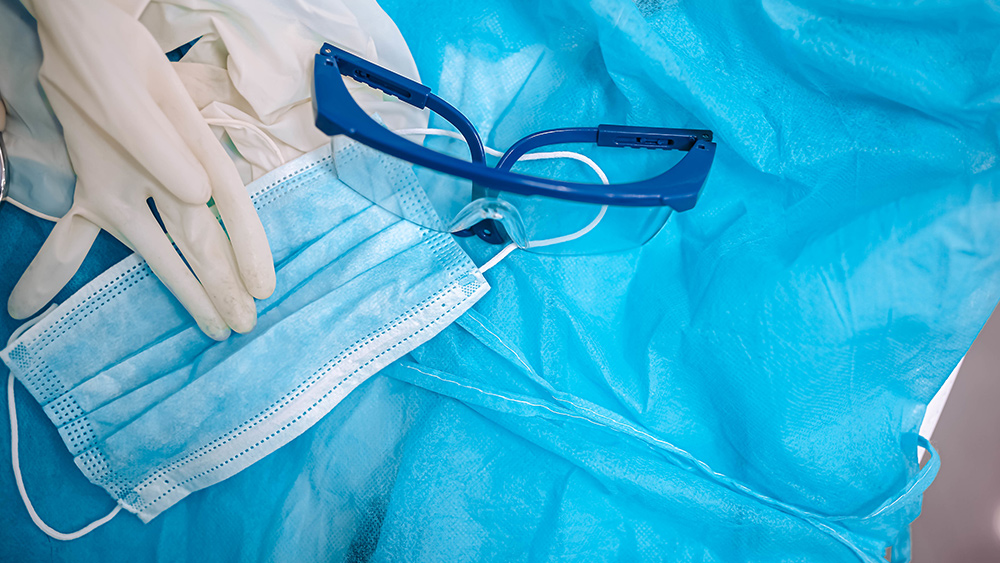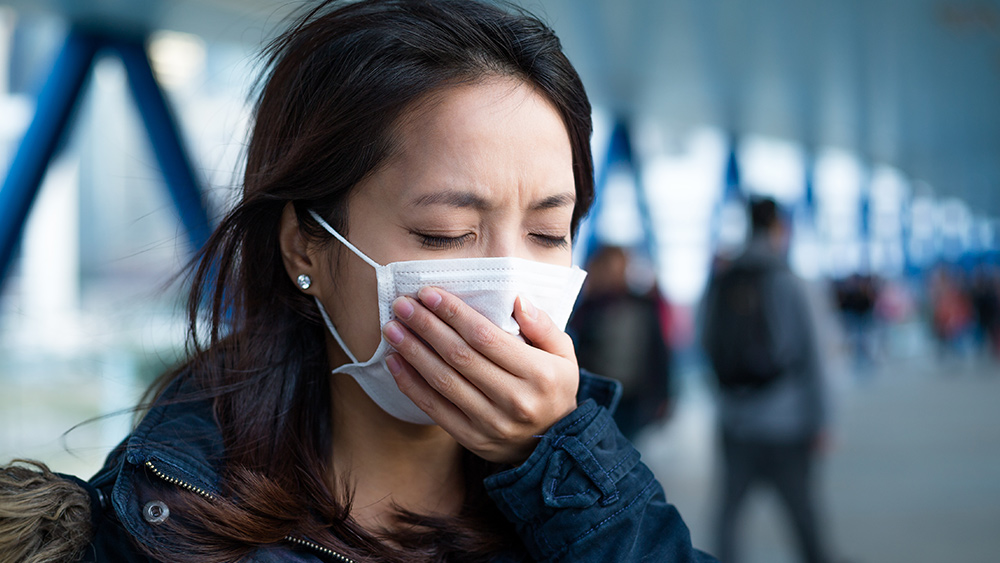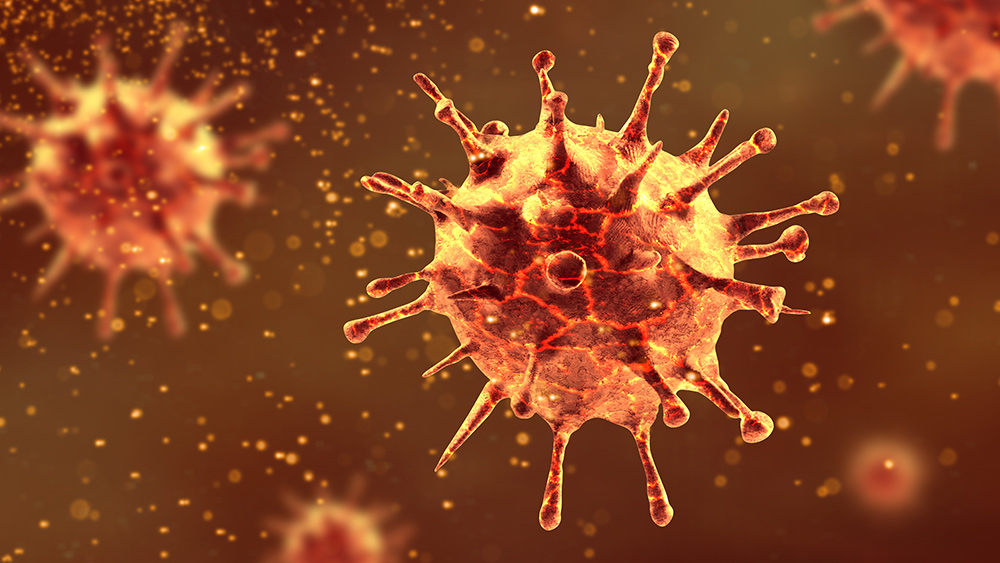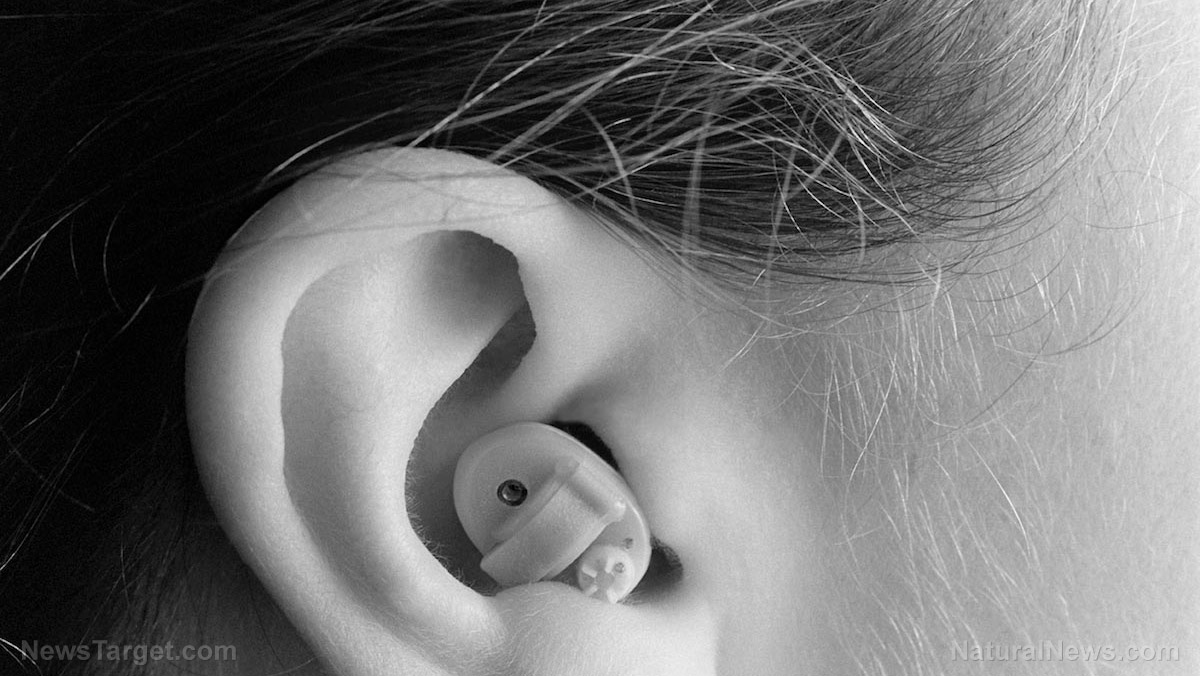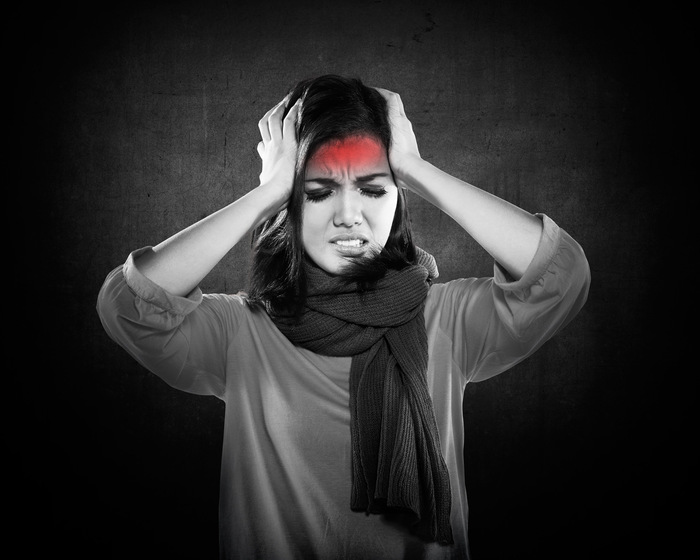New York City’s coronavirus disinfection program: Subway trains to be blasted with ultraviolet-C rays every night to kill the virus
05/25/2020 / By Arsenio Toledo

The transit authority in New York City is going to install germicidal ultraviolet lights in the city’s trains to see if they can help city officials disinfect the subway cars of the Wuhan coronavirus (COVID-19).
The Metropolitan Transit Authority (MTA) calls the use of UV light “another aggressive step” in making sure that New York’s public trains don’t become vectors for COVID-19.
@PuroLighting, powered by @VioletDefense technology, is running a pilot program with the @MTA for 150 mobile full spectrum, UV disinfection units across NYC transit. Read the press release here: https://t.co/A10KI7nx0H pic.twitter.com/sR1WVFVFnM
— PURO Lighting (@PuroLighting) May 19, 2020
UV light to be deployed on subways, buses and subway stations
The MTA is working with Puro Lighting, a Colorado-based startup company, and Columbia University to develop portable ultraviolet C (UVC) lamps that can be installed on the trains. Puro Lighting, who provided the lamps, said that the UV lights “have efficacy against Class 2 and 3 viruses, including coronaviruses, SARS, Influenza and Ebola.”
“It’s been known for more than 100 years, in fact, that UV light is incredibly efficient at killing both viruses and bacteria,” said David Brenner, director of Columbia’s Center for Radiological Research and an adviser on the MTA’s project.
“The UV light that will be used in the current overnight subway and bus disinfection program is very efficient in killing the virus that is responsible for COVID-19.”
The MTA said that the lights, which emit UVC rays, will be used during overnight station closures, between the early morning hours of 1:00 to 5:00 a.m.
The use of the UV lights will be done in phases. The MTA says that, for the first phase, 150 mobile UVC light devices will be deployed to clean not only subways, but also subway stations and even buses. For the second phase, the lights will be deployed on the Metro-North and Long Island Rail Road trains. The MTA is willing to spend $1 million on this project.
Pat Foye, chairman and CEO of the MTA, said that the decision to use the UVC lights comes after several months of tests by the MTA and Brenner at Columbia.
“This is a first of its kind pilot when it comes to transportation agencies around the world and we are proud to be a part of it,” said Foye in a statement. “For nearly three months, the MTA has worked relentlessly to disinfect our entire fleet of subways and buses but we’ve always promised that we would explore any and all new approaches available to us as well.”
“The launch of this UVC pilot represents a promising next step in our ongoing efforts to identify technologies that can keep our customers and employees as safe as possible,” he added.
The MTA is hoping that the use of UVC rays to disinfect train carriages can be a cheaper and quicker method for disinfecting New York’s trains.
Foye said that the MTA is also looking at using antimicrobials to help disinfection efforts. In an interview, he said that the agency is continuing with their research into the effectiveness of antimicrobials and that the preliminary results were “very promising.”
A lot of wise, science-based and common sense strategies need to be employed to combat COVID-19. Listen to the Health Ranger Report by Mike Adams, the Health Ranger, as he talks about how COVID-19 is dozens of times deadlier than the regular flu, which is why authorities all over the world need to take it seriously.
The science behind how ultraviolet rays can defeat the coronavirus
UVC, one of several types of light on the ultraviolet spectrum, has been proven capable of eliminating COVID-19. The germicidal UV lights being used in this pilot program have been used to help sterilize other places for decades, such as laboratories, buses and airplanes. The MTA has even pointed out that this same technology is used in police, fire and ambulance stations as well.
One report, published by the BBC, showed that UVC rays are efficient at destroying genetic material. While studies have suggested that UVC rays may be the only ultraviolet rays that can reliably inactivate coronavirus, experts have found that it may be extremely dangerous to human skin.
Dan Arnold, who works for UV Light Technology, a company that provides disinfecting equipment, stated that exposing people to UVC light would be akin to “literally frying them.”
For comparison, if a person were to be exposed to ultraviolet B (UVB) rays, it would take hours for them to get sunburned. For UVC, it would only take a few seconds.
However, the use of UVC rays is still popular. In proper, unoccupied settings, with specialists and the proper equipment, UVC rays can be competently harnessed to disinfect a variety of surfaces – including subway cars, such as in the MTA’s pilot program.
Concentrated forms of UVC are already being used around the world against COVID-19. In China, for example, empty buses are sent to stations where they are lit up with UVC rays each night. The People’s Bank of China, the country’s central bank, has even been attempting to disinfect banknotes by exposing them to UV light and high temperatures. (Related: Hong Kong airport trying out innovative technologies to prevent coronavirus spread.)
Preliminary results from the pilot program released earlier this week show that the UVC lights have so far been effective in killing most traces of the coronavirus. Additional testing is set to take place before a study of the program is submitted for peer review.
“Our system is a low-cost, safe solution to eradicating airborne viruses minutes after they’ve been breathed, coughed or sneezed into the air,” said Brenner. “Not only does it have the potential to prevent the global spread of the virus that causes COVID-19, but also future novel viruses, as well as more familiar viruses like influenza and measles.”
Pandemic.news has more stories about the different kinds of technology authorities all over the world are using to combat COVID-19.
Sources include:
Tagged Under: China, coronavirus, covid-19, Cures, discoveries, disinfection, Flu, future science, government, infections, innovation, MTA, New York, outbreak, pandemic, Puro Lighting, research, science and technology, subway, superbugs, trains, Ultraviolet light, ultraviolet rays, ultraviolet-C rays, UVC rays, virus
RECENT NEWS & ARTICLES
COPYRIGHT © 2017 RESEARCH NEWS


